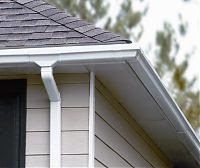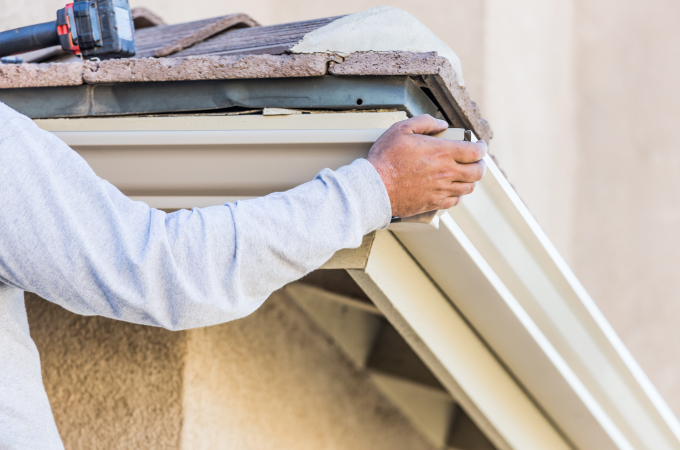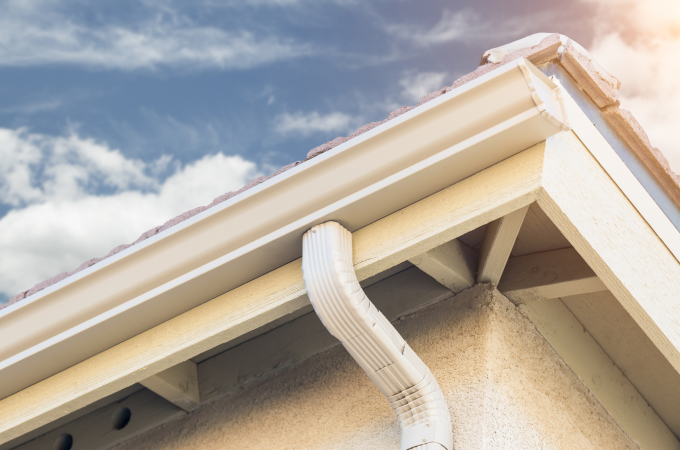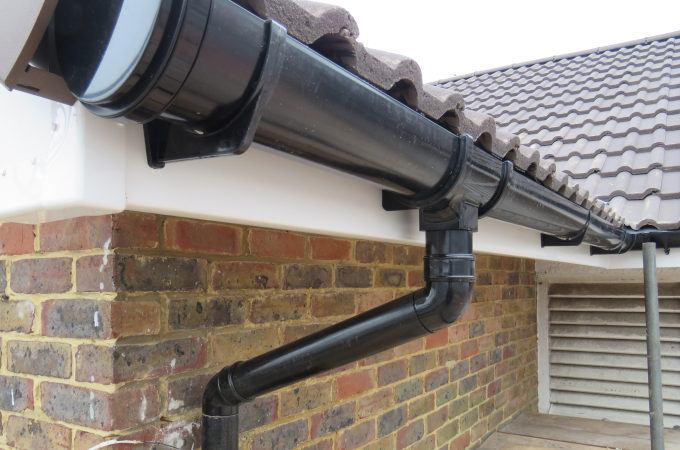Before Beginning
Before beginning a soffit or fascia installation it is important to fix any underlying roof issues. If the home experienced water damage in the past the problem is likely to persist into the future. Although aluminum is less susceptible to the damaging effects of water, the wood underneath is still prone to it. Ice dams, sagging shingles edges and broken shingles are all common problems to look for.
Your Materials Matter
To take on this type of project you also need both the right materials and the correct quantity of them. Most soffit panels come in 12′ lengths and are 12” wide. Purchase a good mix of both solid and vented soffits. A good rule to follow is 80 percent solid and 20 percent vented. Aluminum soffits are often pre-painted so make sure to choose a color that will blend well with the existing exterior. You also want to consider the profile of panel you choose. At GutterSupply.com, we carry both Double 6 and Triple 4 profiles to fit every need.
Here are a few soffit installation tips to follow for a professional finish:
- For better end results, follow an installation sequence. Many suggest starting by leveling your existing wood soffit with the bottom of your fascia board. Install the J-Channel then moving to the soffits, then fascia, then drip edge.
- If installing vented soffits, remove any existing vent covers in that area for better airflow.
- Use the right trim nails for the job. Make sure your trim nails are at least 1 ¼” long. Also make sure to select a color that matches the materials you are installing.
- Utilize a carpenter’s square to line up the first panel correctly. Install the panel perpendicular to the home with the groove side facing the direction you are installing.
- If you have an existing frieze board below your wood soffit you can cap this with the material you will be using for your fascia. When bending your frieze board you should create a (Z bend) allowing the aluminum soffit to be level with the bottom of your fascia. Then install your J-Channel over the aluminum frieze board.
If you have any questions contact us or call us at 888-909-RAIN.
 Contractors
Contractors





